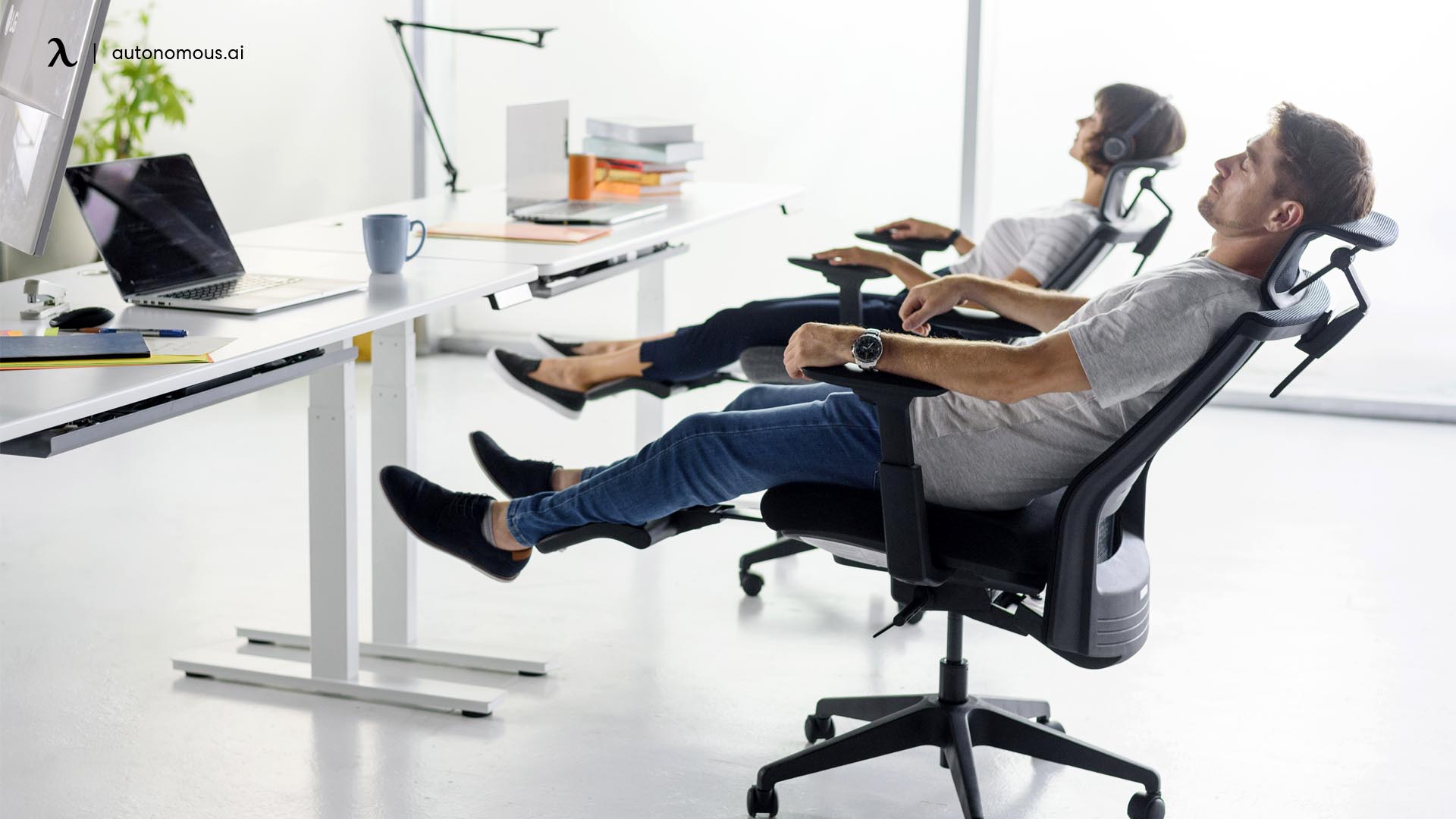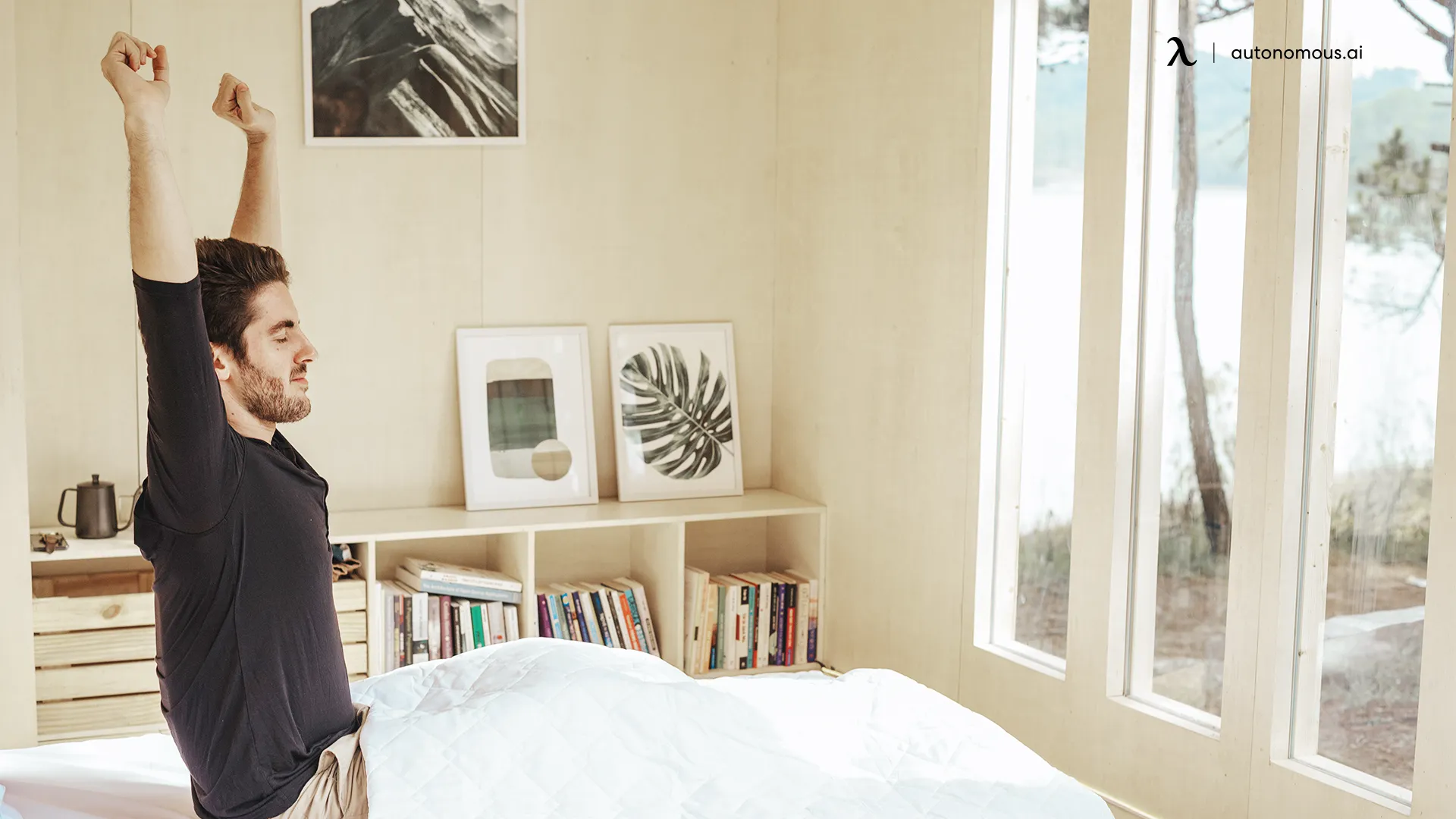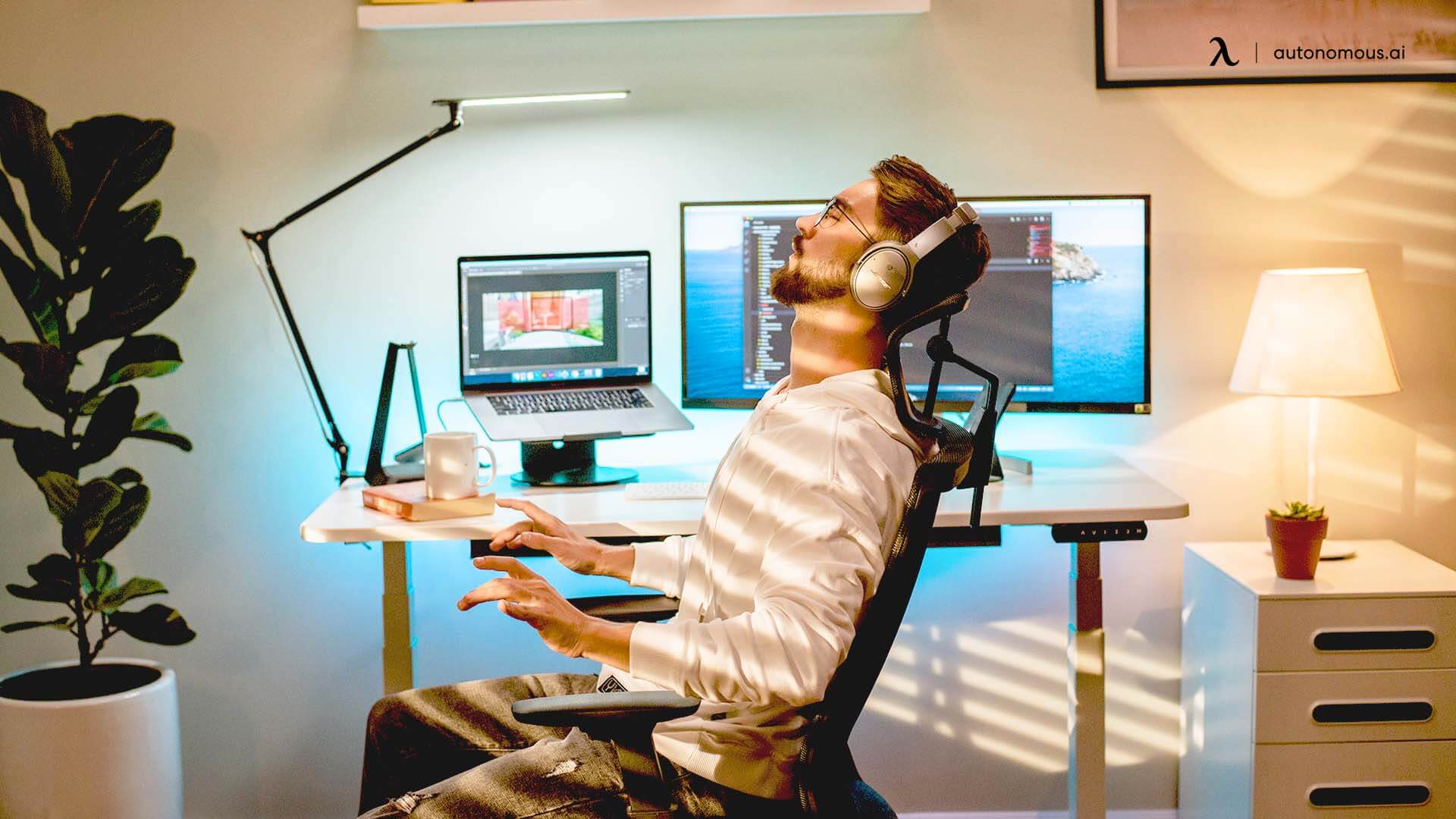
Meditation at Work: Simple Ways to Reduce Stress & Focus
Table of Contents
Modern workplaces can be fast, demanding, and noisy — and that constant pressure doesn’t just affect productivity. It weighs on your mind, body, and focus. This is why more people are turning to meditation at work to help manage stress, stay focused, and build a calmer rhythm to their day.
Unlike traditional long meditation sessions, mindfulness meditation at work can be done in just a few minutes, even while sitting at your desk. A quick breathing exercise between meetings or a short mindful pause before opening your laptop can shift your entire mood. It’s a simple, practical way to ease pressure without stepping outside the office.
Whether you’re fighting off afternoon fatigue, feeling overwhelmed by your to-do list, or simply want a more peaceful workday, a few moments of meditation at your desk can make a real difference. By adding small mindful breaks to your routine, you can ease meditation for work stress, sharpen your focus, and bring more balance into your day.
Why Meditation at Work Matters
Workplace stress isn’t just about tight deadlines or heavy workloads. Over time, it can quietly build into anxiety, fatigue, and even burnout. That’s why meditation at work has become one of the simplest and most effective ways to protect your mental health and sharpen your focus throughout the day.
Practicing mindfulness meditation at work gives your brain a short reset. Just a few minutes of focused breathing can lower stress hormones, ease mental tension, and help you think more clearly. Many people find it especially useful when they’re stuck in back-to-back meetings or dealing with fast-moving projects.
This kind of practice also supports meditation for work stress and anxiety, making it easier to stay calm under pressure. Over time, regular meditation can improve work-life balance, helping you separate work from personal life more smoothly. It’s not just about feeling better in the moment — it’s about creating sustainable habits that protect your energy.
Even if you’re already feeling the early signs of fatigue, incorporating meditation for work burnout can help prevent things from escalating. It’s a practical, accessible tool for anyone who wants to stay centered and focused in a busy environment.
Best Times to Meditate at Work
Meditation doesn’t need a special room or a long time block on your calendar. One of its biggest strengths is flexibility — you can practice meditation at work at almost any point in your day. Choosing the right moment can make the practice feel natural and easier to maintain over time.
1. Meditation Before Work
Starting your day with a short meditation before work can set a calm and focused tone. Even two minutes of steady breathing before opening your inbox can help ease tension and give you a sense of control. Many people use this time to set an intention for the day — whether it’s staying calm, being more present, or handling challenges with patience.
2. Meditation During Work
When the day gets hectic, meditation during work acts like a mental reset button. Taking a short break between meetings or during your lunch hour helps lower stress levels and boosts concentration. This is especially helpful if you’re facing long stretches of deep work or a demanding afternoon.
A comfortable sitting position can make short meditation breaks even more effective. Some people prefer sitting cross-legged to feel more grounded — a cross leg chair can make this posture more natural at your desk. Others use a chair for meditation to stay relaxed and focused without straining their back.
3. Meditation After Work
Although it’s not mandatory, some people also like to meditate at the end of the day. Doing a short session before leaving the office helps separate work from personal life. It can be a quiet way to let go of unfinished tasks, release pressure, and prevent work burnout from building up over time.
For a more calming environment, many people create their own spaces at home, like a meditation shed or simple backyard retreat to unwind after work. Even small touches, like plants or soft lighting, can help transform your space — just like the ideas shared in relaxing backyard ideas.
When meditation becomes part of your daily routine — before, during, or after work — it creates a rhythm that supports your energy and focus all day long.

Simple Meditation Techniques You Can Do at Your Desk
One of the best parts of meditation at work is that it doesn’t require a special setup or extra gear. You don’t need a quiet room, yoga mat, or long stretches of time. These short, easy techniques can be done right at your computer desk — in just a few minutes — and still make a noticeable difference.
1. One-Minute Breathing Meditation
This is one of the quickest ways to calm your mind. Sit comfortably at your desk, close your eyes if possible, and focus on your breath. Inhale slowly through your nose for four seconds, hold for four, then exhale through your mouth for four. A single minute of this simple exercise can reduce tension and bring your attention back to the present.
2. Body Scan Meditation
If you’ve been sitting for hours, a body scan can help release hidden tension. Start at the top of your head and mentally move downward, noticing and relaxing each part of your body. This technique works well during a short meditation during work break, especially between meetings.
3. Box Breathing
Box breathing is a favorite among high-stress professionals for a reason. Inhale for four counts, hold for four, exhale for four, hold again for four. Repeat a few cycles. This structured breathing pattern slows down your heart rate and helps bring instant clarity.
4. Mindful Listening or Visualization
Instead of tuning out, take a few minutes to tune in. Focus on the sounds around you without judgment — the hum of your computer, distant chatter, or even silence. Alternatively, use visualization: picture a calm, relaxing place and let your thoughts settle. This is a powerful relaxation at work technique for when your mind feels overwhelmed.
5. Guided Audio Meditation
For those who prefer gentle direction, a short guided session can work wonders. Many employees use apps or short recordings for mindfulness meditation at work, even with headphones on. Just three to five minutes can refresh your focus and help you approach your next task with a clearer mind.
These micro-practices are designed to fit into real workdays. Whether you have 60 seconds or 10 minutes, meditation at your desk can be your quiet space to recharge.

FAQs
How do I meditate at work if my office is noisy?
You don’t need complete silence to practice meditation at work. Start with short breathing exercises and use noise-canceling headphones if needed. Guided audio can help block distractions and bring your focus inward.
How long should workplace meditation sessions be?
Even one to five minutes is enough to lower stress and reset your mind. Mindfulness meditation at work is about consistency, not duration.
Can I meditate at my desk without looking weird?
Absolutely. Most meditation at desk techniques are subtle — focusing on breathing, relaxing your shoulders, or closing your eyes for a moment. Nobody needs to notice what you’re doing.
When’s the best time to meditate at work?
There’s no fixed rule. Many people like meditation during work breaks, right before a meeting, or at the end of the day. The best time is whenever it fits smoothly into your routine.
Can meditation really help with stress and anxiety at work?
Yes. Studies show even short mindful pauses can reduce stress hormones and improve focus. Meditation for work stress is an easy way to calm your mind, lower anxiety, and feel more balanced throughout the day.
.webp)
Conclusion
In today’s fast-paced workplace, taking time to breathe and reset isn’t a luxury — it’s essential. A few minutes of meditation at work can ease stress, sharpen your focus, and help you move through your day with more clarity.
Whether it’s a quick breathing exercise between meetings, a moment of silence before starting your first task, or a short reset before heading home, mindfulness meditation at work fits easily into real schedules. You don’t need a quiet room or extra time — just a willingness to pause.
Start small, stay consistent, and let these mindful breaks become your anchor. Over time, you’ll notice that stress feels lighter, focus feels easier, and work feels a little less overwhelming.
Spread the word
.svg)







